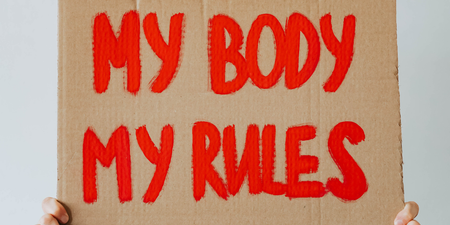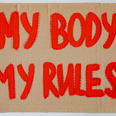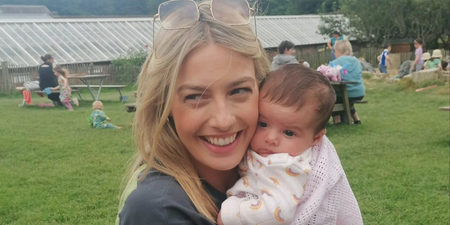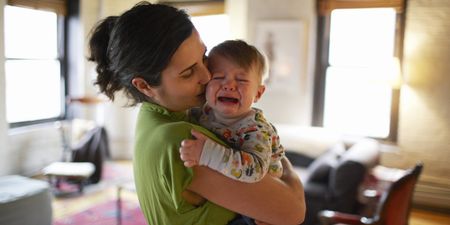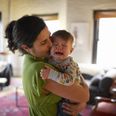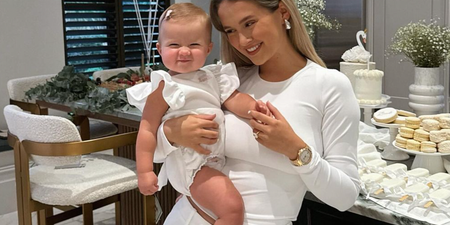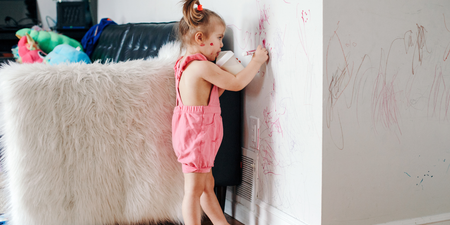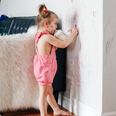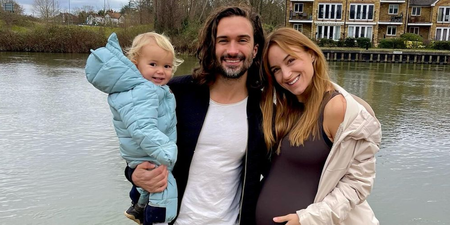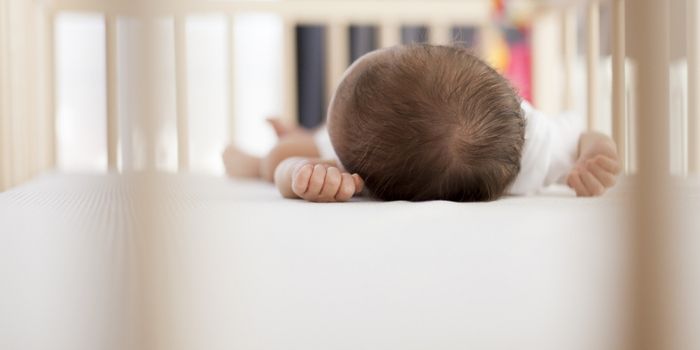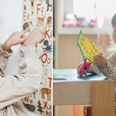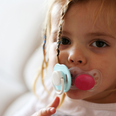With the amount of information available on the subject of babies and sleep, it will make you wonder how the heck mothers got their babies to sleep back in the days before Google was around.
There are theories and experts and studies and information by the bucket load, all with advice and tips and methods to try to get your baby to snooze through the night so mamas can get their required amount of shuteye.
One method that according to studies is very effective in getting babies to sleep (and yet many parents find it too upsetting) is the controlled crying technique, also known as the “cry it out method.”
According to a recent article in the Sydney Morning Herald, surveys have found that a majority of parents—63% to 71% to be exact—don’t want to start or continue controlled crying, and are looking for alternative ways to get their kids to sleep.
And the good news? Such an alternative might exist.
Speaking to the Sydney Morning Herald, Professor Sarah Blunden, director of the Australian Center for Education, says “For 40 years parents have been saying they don’t want to do controlled crying, they don’t like it, but no one’s been listening.”
And to address this need for alternative techniques, Blunden, who is a clinical psychologist and researcher has developed a responsive, non-ignoring method that she calls “a middle of the road approach” to sleep training.
Apparently, while similar to the ‘cry-it-out’ method, Blunden’s technique is based on the neuroscience behind changing a behavior, in which it takes a person a certain amount of times to form a new pattern of thinking or doing. With her approach, parents slowly take away something their little one associates with falling asleep, such as cuddling, breastfeeding or hearing mama’s voice.
“With my responsive method we teach a graduated desensitization of a behaviour and replace it with a less intensive behaviour,” Blunden tells the Herald. “She will cry at first, but eventually form a new neural connection in her brain – and a newly learned behaviour. Then we can move onto changing the next association.”
In a pilot study, Blunden was able to show how her technique leads to less crying and babies who are more settled, as well as fosters a better mother-baby bond that has positive emotional and physical effects. And now her team is running the ongoing Baby Sleep Study to see how her method stacks up against controlled crying when it comes infant sleep disturbance, parent and baby stress, maternal mood, infant temperament and parent-child attachment.
However, the professor is quick to point out that there is a lot of misinformation about babies and sleep out there, and that many parents today stress themselves senseless worrying over their baby and sleep. For instance, many new mums (and dads) seem to think that babies should settle themselves to sleep from a very young age, something Blunden says is not only wrong, but can also lead to a lot of stress and anxiety around the whole issue of sleep. .
“The belief is so strong that if you let your baby fall asleep in your arms at three weeks, they’re going to be doing that for the next two, three, four years,” Blunden tells the Herald. “That is not true. Babies need to be touched by their mother.”
RELATED ARTICLES
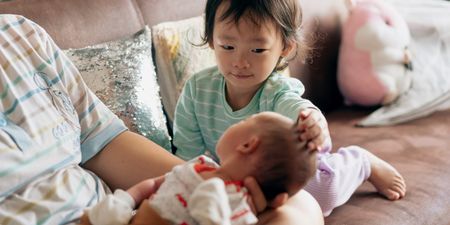

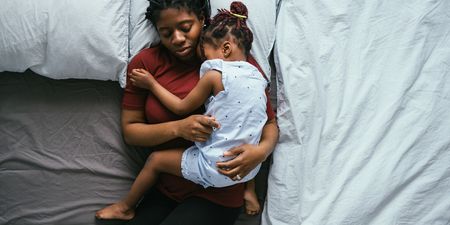



MORE FROM HerFamily


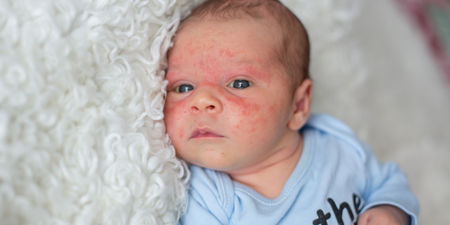
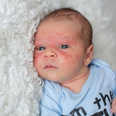
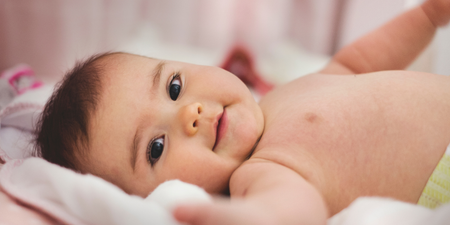



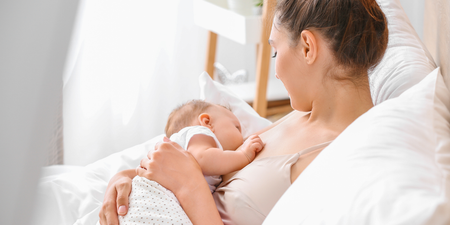

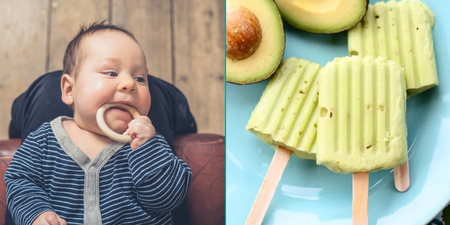

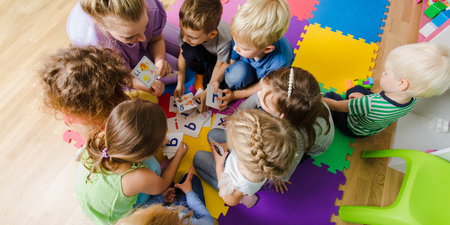



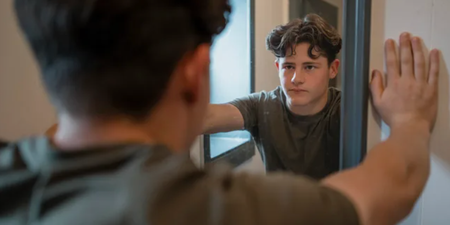



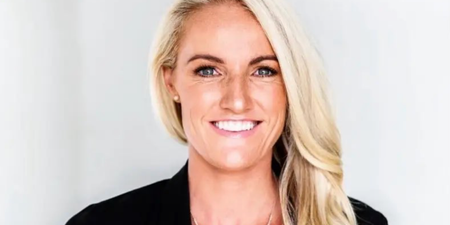



MORE FROM HerFamily
